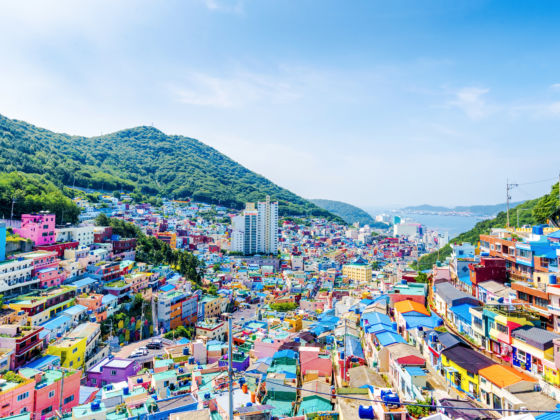Many people only know South Korea for what it’s not. What little awareness there is usually only extends to Seoul, the country’s high-tech capital.
A shame, because this little peninsula has some gorgeous sights if you know where to look — especially once you travel beyond the mega-tropolis that covers the northwest. For example…
